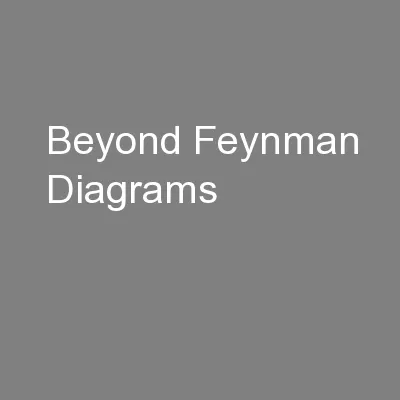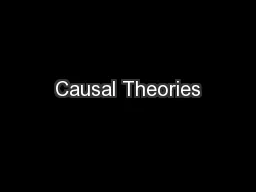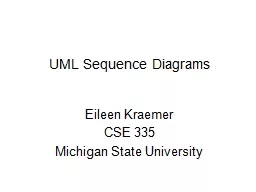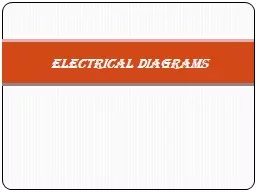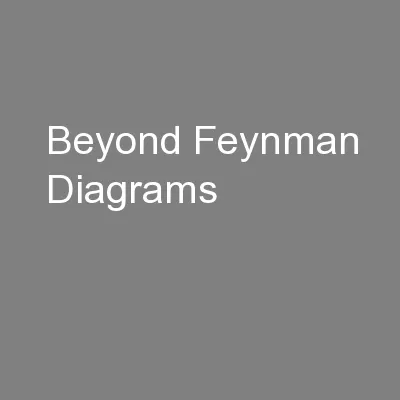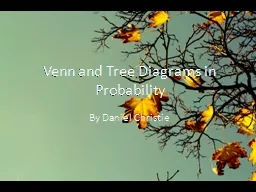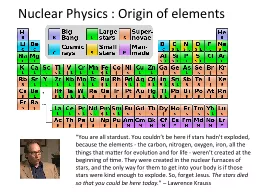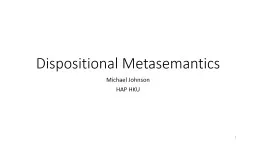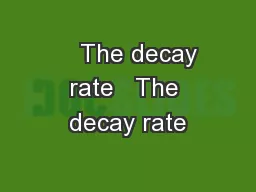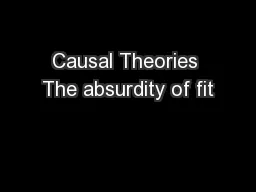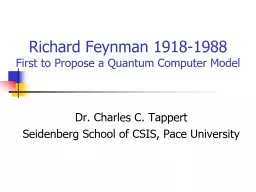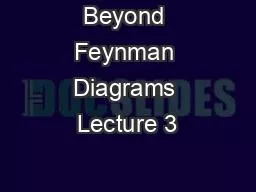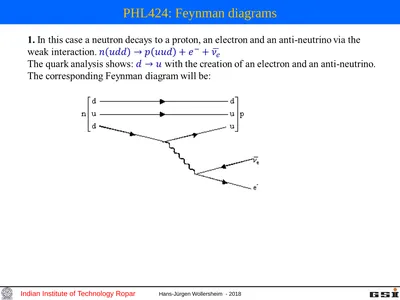PPT-Beyond Feynman Diagrams
Author : lindy-dunigan | Published Date : 2016-05-30
Lecture 2 Lance Dixon Academic Training Lectures CERN April 2426 2013 Beyond Feynman Diagrams Lecture 2 April 25 2013 2 Modern methods for trees Color organization
Presentation Embed Code
Download Presentation
Download Presentation The PPT/PDF document "Beyond Feynman Diagrams" is the property of its rightful owner. Permission is granted to download and print the materials on this website for personal, non-commercial use only, and to display it on your personal computer provided you do not modify the materials and that you retain all copyright notices contained in the materials. By downloading content from our website, you accept the terms of this agreement.
Beyond Feynman Diagrams: Transcript
Download Rules Of Document
"Beyond Feynman Diagrams"The content belongs to its owner. You may download and print it for personal use, without modification, and keep all copyright notices. By downloading, you agree to these terms.
Related Documents

